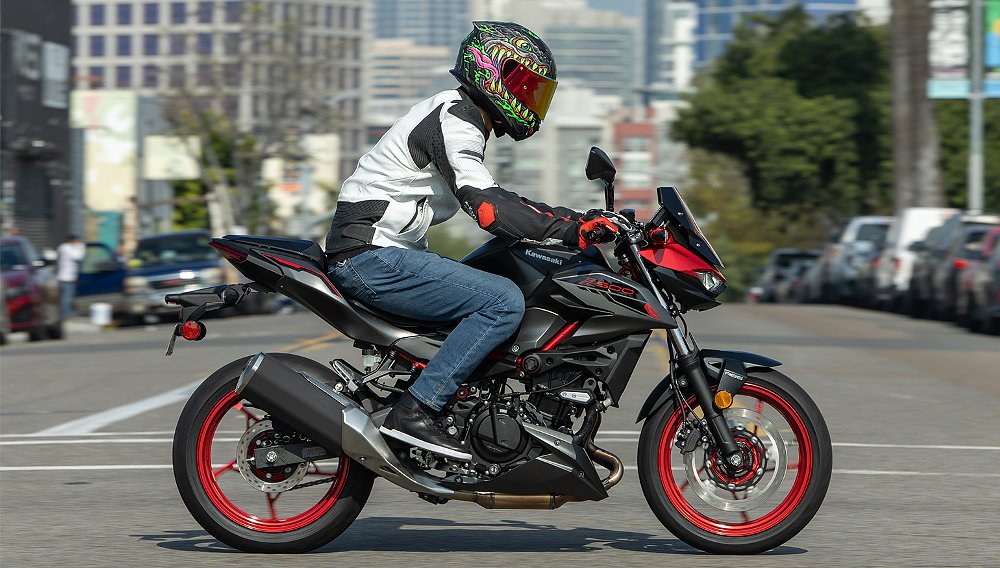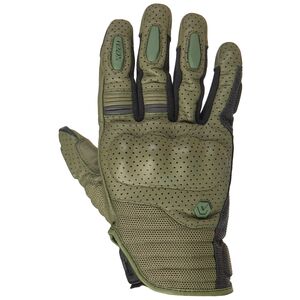When Husqvarna’s Svartpilen 401 and Vitpilen 401 debuted in 2018, the small-bike field was more like a battlefield. While the crowded class went full insectoid, the diminutive duo presented something different. Husqvarna’s modern yet timeless design spoke to the brand’s Scandinavian roots. That minimalist aesthetic informed everything from the round LCD dash to the neutral paint schemes.
In recent years, the beginner-bike battlefield grew into an all-out small-bore war. A war in which CFMOTO, Royal Enfield, and Triumph launched the latest salvos. With more rivals to engage, it was time for the 401s to retool. And that they did.
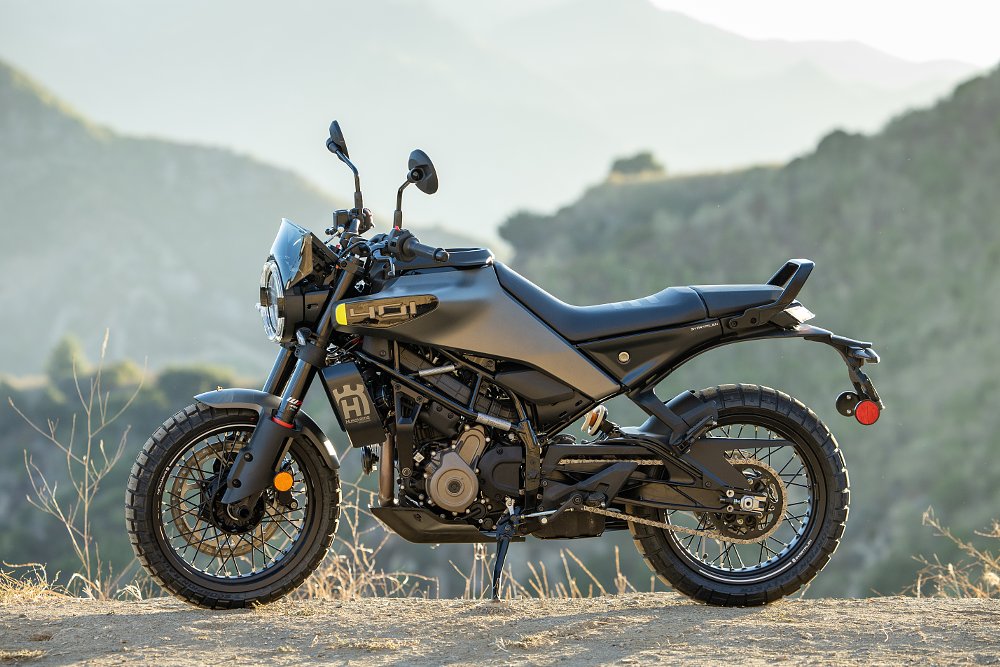
The ‘pilens aren’t just newer, they’re nicer, with electronics like ride modes, cornering ABS, and traction control, all accessible through a full-color TFT display. That’s a hefty helping of tech, especially for a small-capacity bike. But, have those upgrades catapulted the 401s to the top of the heap or have they overshot the entry-level mark?
Answering that question sent me to Calabasas, California, where Husqvarna hosted the Svartpilen and Vitpilen 401’s North American press launch. A mere 27 miles from my front door, I consider the nearby canyon roads my backyard. There’s no place like home and no better place to test the freshly updated, tech-laden neo-retros.
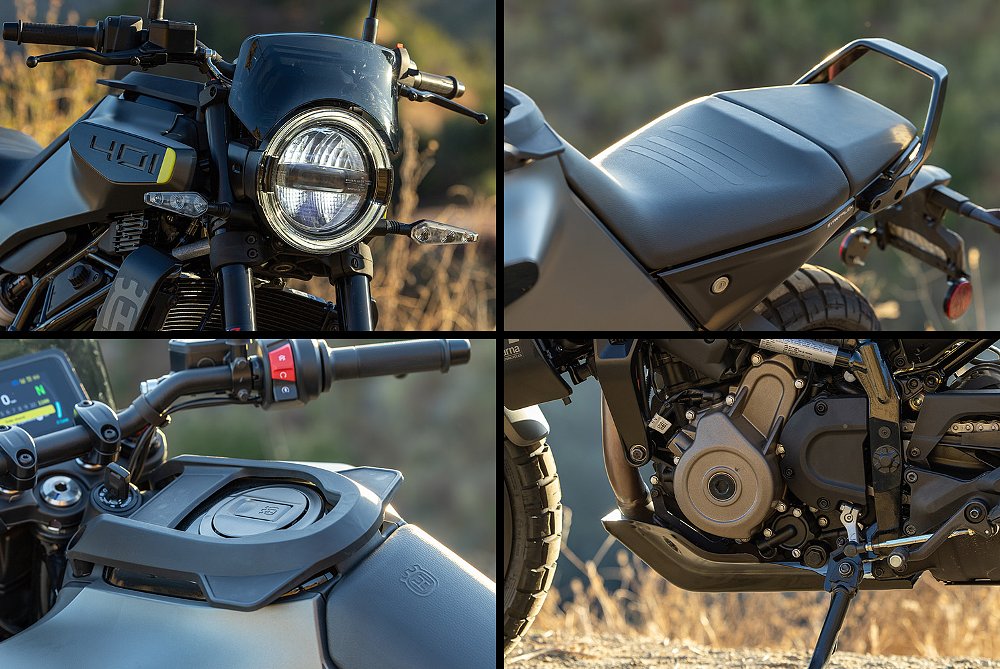
New foundations
Several objectives drove Husqvarna’s 401 development process. First up, a lower seat height. To pull that off, Husky engineers shifted the airbox forward, redesigned the subframe, and side-mounted the WP APEX monoshock to a new swingarm. All that and the seat height only falls from 32.9 to 32.2 inches. It doesn’t mean those efforts were in vain.
Older 401s weren’t on hand at the press launch, so I can’t tell you whether that 0.7-inch height saving is evident between generations. What I can tell you is that I flat-footed both 2024 models, no problem. One of my fellow journalists astutely noted that the bike's midsection isn't as narrow as other options in the segment. And they were right. It isn’t. Even so, that wider waist never presented a problem for my 32-inch inseam. I’d be surprised if anyone with similar dimensions had a different experience. I’m confident enough to say that riders with slightly shorter legs will also find the new seat height agreeable. Objective 1: check.
Husqvarna also set out to improve the platform’s stability. That’s both cornering and straight-line stability. The former results from a newly devised frame. The latter is a byproduct of the new aluminum swingarm. The frame retains a steel trellis construction, but its wider layout — especially at the swingarm pivot point — enhances stability under torsional stress. The swingarm, on the other hand, lengthens the wheelbase from 53.4 to 53.8 inches, which benefits stability at higher speeds.
On the road, the Svart and Vit gave me little reason to doubt Husqvarna’s claims. Even when speeds exceeded 80 mph, the 401s never developed the jitters. The front wheel tracked true, without as much as a twitch. Neither model would top my list of touring candidates (for obvious reasons) but it’s reassuring to know they could do the job if called upon.
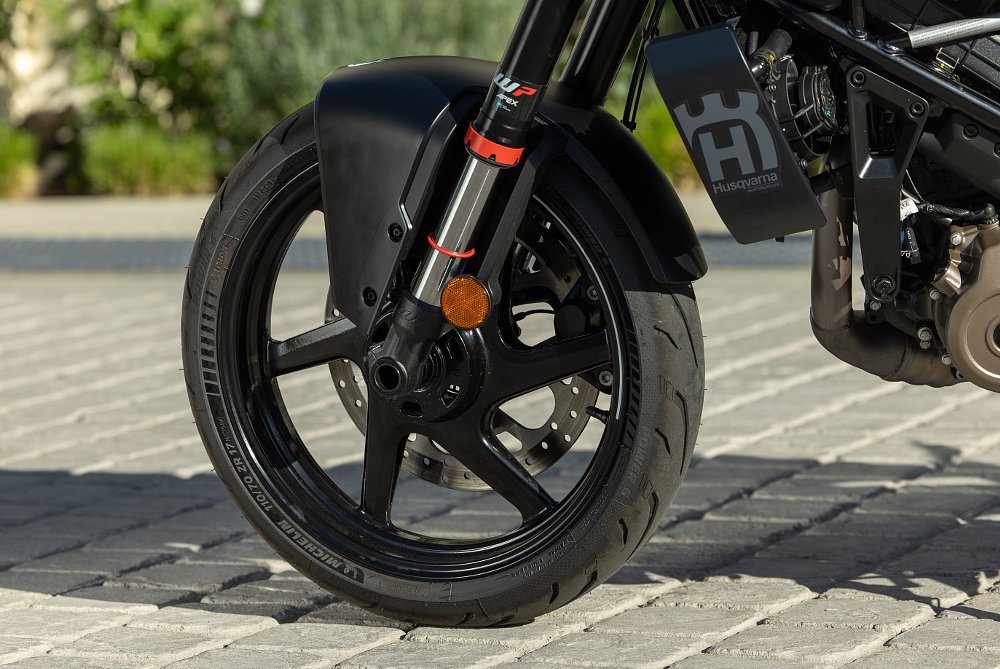
Both models were even more composed in the twists and turns, where the chassis truly shines. Husqvarna made the 401s to corner, and by golly they do. The roads slithering through the Santa Monica Mountains are rife with second-gear hairpins and flip-flopping esses. Prime territory for Husky’s nimble pair. That was most apparent around the blind corners of Latigo Canyon Road.
In one instance, I tipped into a turn but it just kept going. And going. And. Going. Instead of running wide, the Vitpilen clung to the inside line, as if to say, “Lean angle, schmean angle.” Finally, the exit appeared and I powered out, pretending that my heart never skipped a beat. All in a day's work for the Vitpilen. If it had shoulders, it would have shrugged.
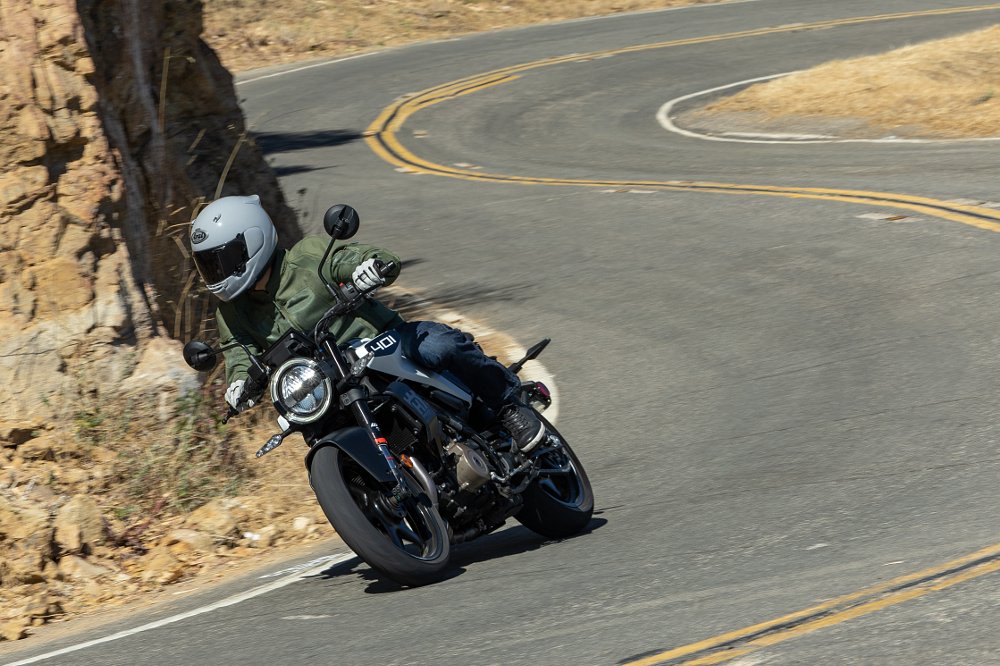
That corner-conquering attitude is only enhanced by WP's adjustable Apex fork and shock. Looking for more support in the rear? Preload and rebound should help your cause. Want more front-end feel? Five clicks of compression and rebound have you covered.
After lunch, I traded bikes with a colleague that has about 40 pounds on me. And you guessed it, I forgot to adjust the shock to my weight before setting out. Sure, the stiffer setup launched me out of the seat a few times, but it also benefitted my cornering. Whether you’re willing to make that trade-off is up to you. That’s the beauty of adjustable suspension — it gives you those options.

The chassis isn’t perfect, though. My only gripe lies with the ByBre braking system. It’s not that it's a major letdown. In all honesty, the brakes are on par with most systems in this segment. It’s more that the calipers and master cylinder don’t quite live up to the expectations set by the WP Apex suspension and Pirelli or Michelin tires. Initial bite is soft and overall power is lacking. Plus, brake fade is abundant at a sustained pace. Still, the chassis updates are largely effective. Another objective met.
Husqvarna wasn’t fortunate enough to meet all the project’s goals, however.
Lean times
European emissions regulations prompted the Austrian-owned marque to update its street-going single in 2024. To satisfy those standards without conceding horsepower, the engineers increased stroke from 60 mm to 64 mm, nudging displacement from 373 cc to 399 cc. Bore remains the same, at 89 mm, as does peak horsepower, which Husqvarna reports as 44.3 at 8,500 rpm. Torque, on the other hand, creeps from 27.2 foot-pounds to 28.8 foot-pounds (at 7,000 rpm).
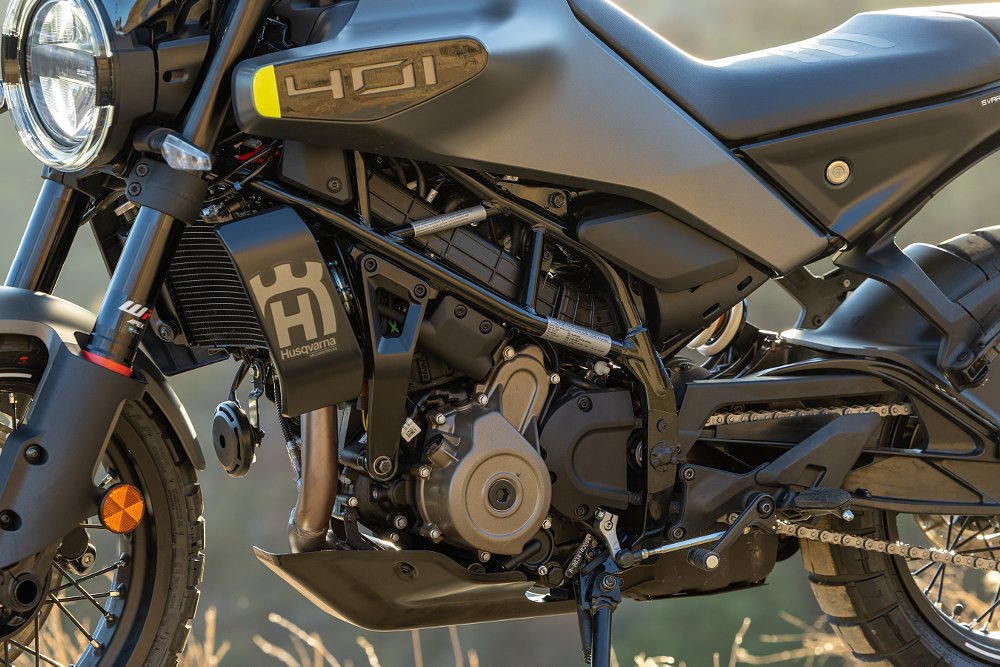
By the numbers, that’s not a significant difference. It's a different matter in the saddle. From the first getaway, it was clear that the bike’s bottom end suffered from lean fueling. The clutch’s engagement point was well defined, but if you didn’t feed it fuel in a hurry, you risked the chance of stalling. Even with a smooth getaway, the engine remained somewhat sluggish until around 4,500 rpm. The thumper comes to life beyond that point, highlighted by a torque delivery and direct throttle pickup.
Both the Svartpilen and Vitpilen feature a shift indicator light that flips the dash’s black background to hi-viz yellow. That’s trick kit for a $5,900 runabout, especially considering that users can adjust the rpm at which the shift light flashes on the screen. Unfortunately, that option isn’t available until after 600 miles, a mark that none of our test units had yet exceeded.
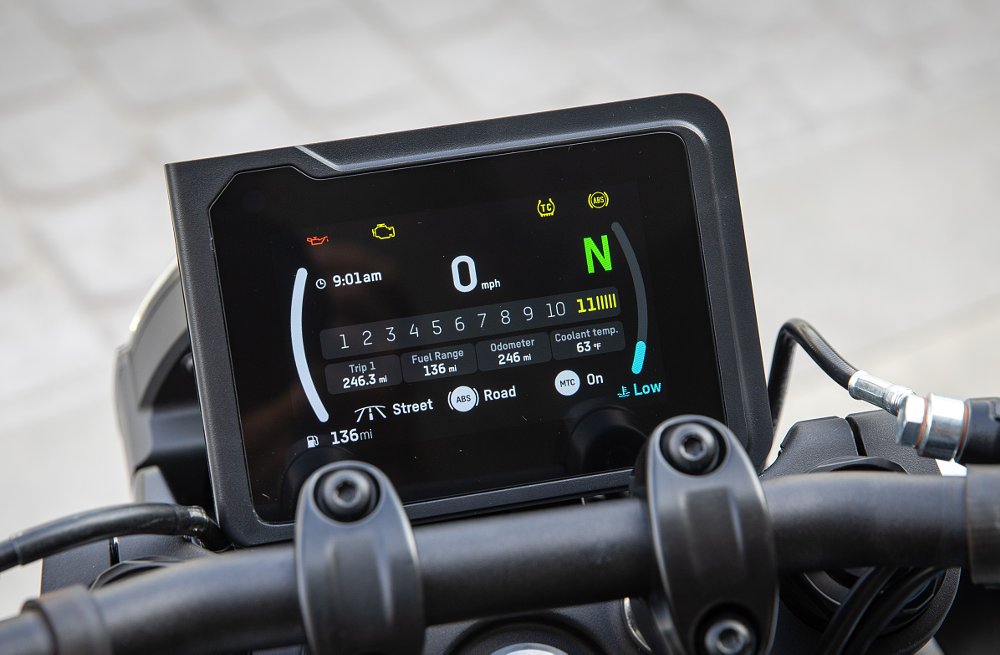
For that reason, the dash kept changing colors once the engine reached 6,500 rpm. At first, it was a slight annoyance, but soon our group learned to keep the 401s in the yellow. That’s their happy place. Of course, if I could adjust the shift light, I’d move it back to 8,000 rpm, just before peak horsepower arrives.
That’s also where engine vibes are worst. Admittedly, the pegs are buzzy throughout other parts of the rev range, but by 8,000 rpm, they’re truly shift-inducing. Speaking of shifting, you’re going to do a lot of it. The short gearing all but ensures it. That wouldn’t be so bad if the bi-directional quickshifter was more consistent.
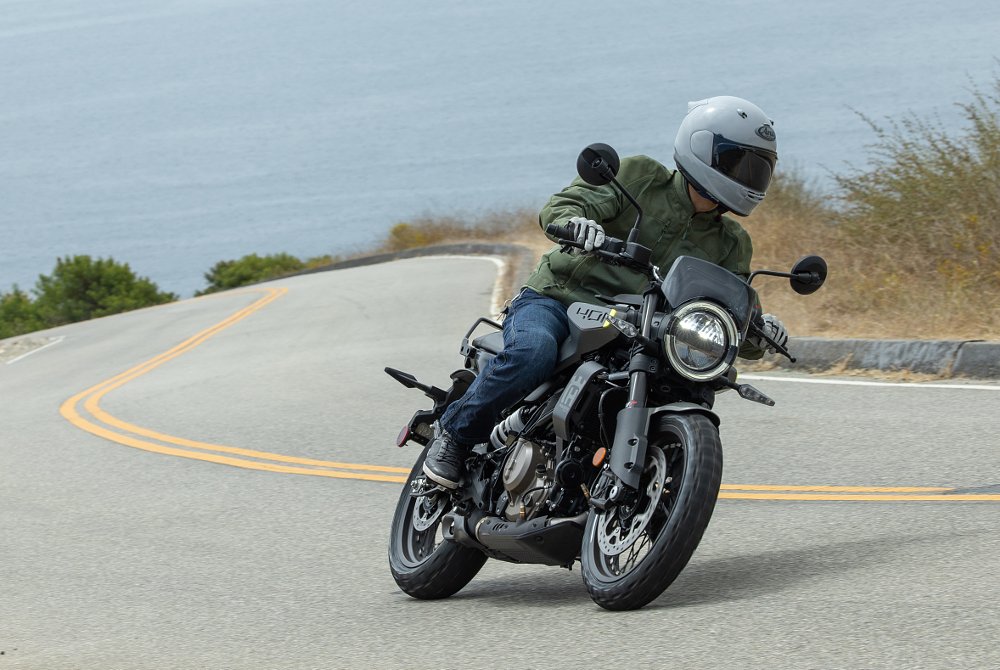
Before lunch, I spent my time on the Svartpilen, which returned reliable downshifts time after time. The same isn’t true of its upshifts. The lever resistance seemed to increase with speed and acceleration. At times, I’d kick at the shift lever and it wouldn’t budge, full stop (in both senses of the phrase). Once I hopped over to the Vitpilen in the afternoon, those shift woes disappeared. Each upshift was prompt and compliant. It was a completely different bike.
At the next stop, the colleague I swapped bikes with confirmed that the Svartpilen’s quickshifter was beyond notchy. At one point, they stopped using it altogether and shifted the traditional way instead. The problem isn’t specific to the Svartpilen, though. Another journalist admitted the opposite experience, as the Vitpilen they rode struggled with shifting while the Svartpilen exhibited no such issues. Luckily, those mixed results didn’t plague the platform’s other tech features.
Either/or
When it comes to electronic suites, it’s safe to say the 401s are handsomely equipped. Not just for an entry-level model, but for any motorcycle. Thanks to an Inertial Measurement Unit (IMU), both traction control and ABS benefit from lean sensitivity. Two ride modes (Street and Rain) show the platform’s practical side while Supermoto ABS dials up the fun by disengaging rear ABS.
Users adjust those settings via all-new switch cubes and a five-inch TFT display. Navigation is intuitive and effortless. Half of that comes down to the user interface. The other half has to do with each setting offering a binary choice. The ride mode is either Street or Rain. Traction control is on or off. ABS is front and rear or Supermoto. Simpler is easier.
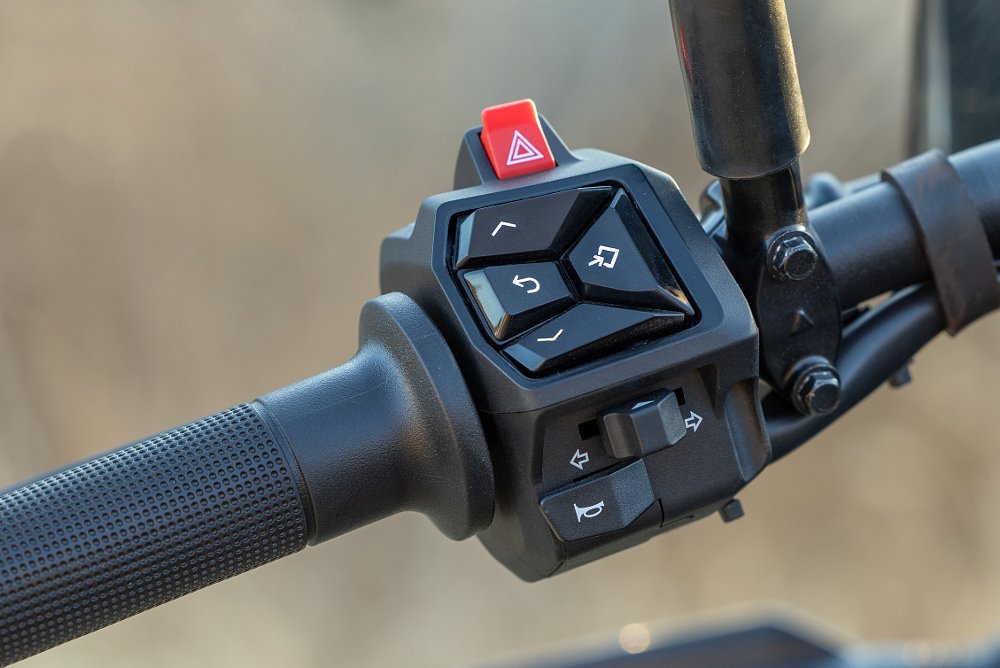
For the most part, I locked in my settings and didn’t think about them again. Not everyone will ride that way, though. That’s the benefit of having options, even if they’re limited to two choices. Beginner Billy may start out in Rain mode with ABS governing both wheels, while Graybeard Greg might prefer Supermoto ABS and no traction control.
That flexibility is worth acknowledging, too. After all, the Svartpilen and Vitpilen serve two different groups. While most motorcyclists associate small-capacity bikes with new riders, some models are great options for established riders, too. They just so happen to be small. Husky’s 401s are two of those options.
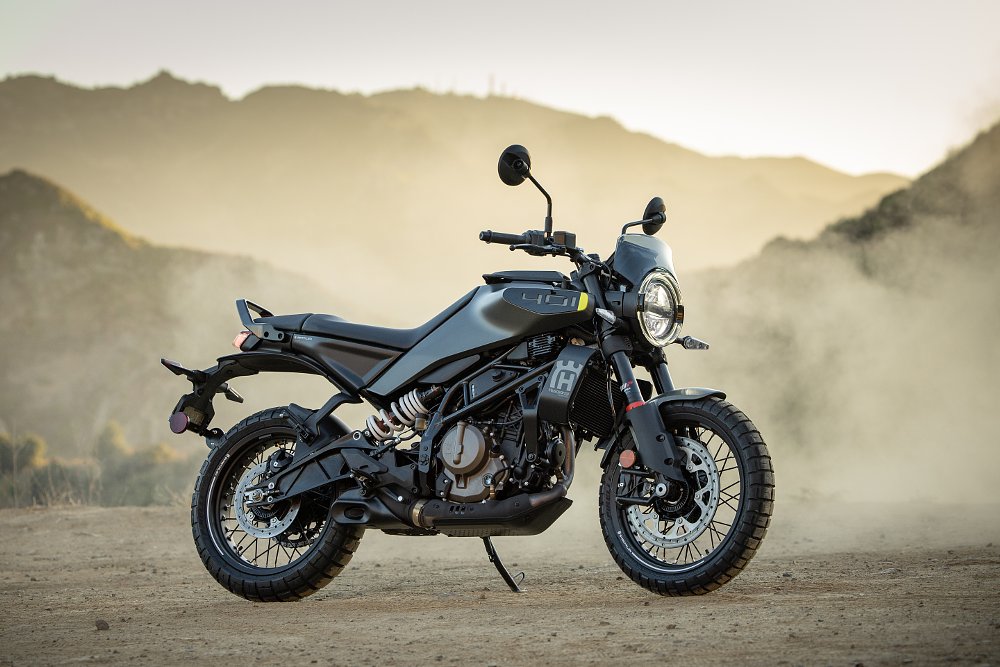
When the dust settles
Would I recommend the Svartpilen or Vitpilen to a beginner? Sure, why not? I wouldn’t turn them away from one, I’ll tell you that much. If asked, I might steer them toward a simpler alternative. But, if they had their heart set on the Husky badge, I’d fully support that decision. The 401 platform isn’t just tractable for newcomers but also offers a lot of room for growth. Win-win.
At the same time, I think the Svart and Vit better serve experienced riders. Motorcyclists that will actually push its boundaries. That will engage ABS and TC at times. That will back it into a corner and huck up a wheelie at the exit.
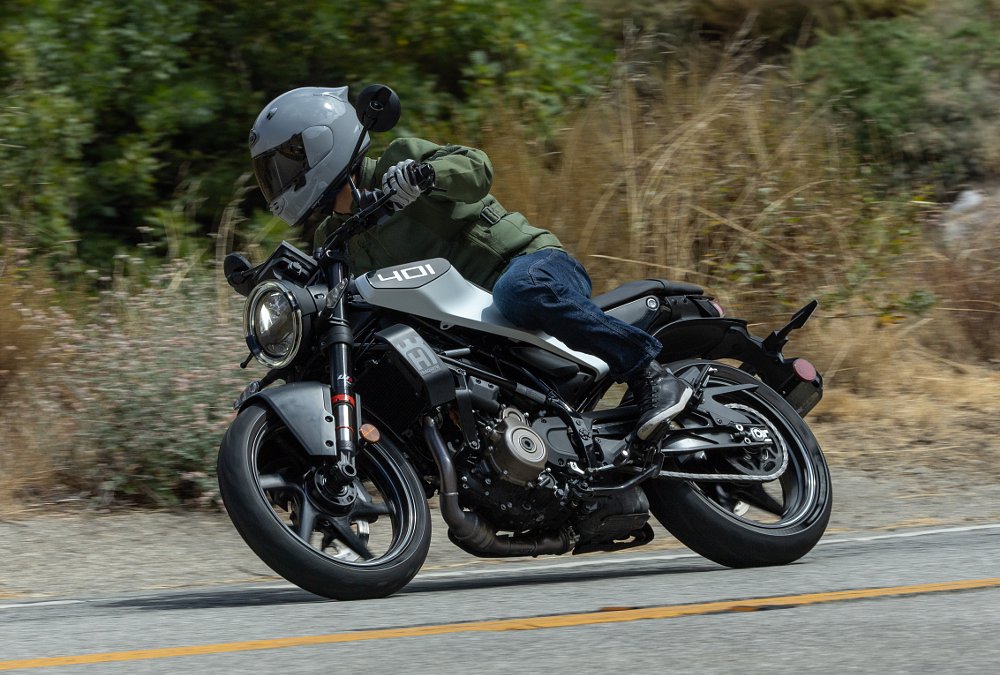
Circling back to the question we set out to answer, Husqvarna did a little bit of both. It pushed the 401s back toward the top of the category and slightly over-delivered on the entry-level label. That’s not a bad thing. The Svartpilen and Vitpilen are still as plucky as they are playful. They’re just better equipped for the small-bore battlefield now.
| 2024 Husqvarna Svartpilen 401 | 2024 Husqvarna Vitpilen 401 | |
|---|---|---|
| Price (MSRP) | $5,899 | |
| Engine | 399 cc, liquid-cooled, four-valve, single | |
|
Transmission, final drive |
Six-speed, chain | |
| Claimed horsepower | 44.3 @ 8,500 rpm | |
| Claimed torque | 28.8 foot-pounds @ 7,000 rpm | |
| Frame | Steel tubular | |
| Front suspension | WP Apex 43 mm fork, adjustable for compression and rebound damping; 5.9 inches of travel | |
| Rear suspension | WP Apex shock, adjustable for spring preload and rebound damping; 5.9 inches of travel | |
| Front brake | Single ByBre four-piston calipers, 320 mm discs with ABS | |
| Rear brake | ByBre twin-piston caliper, 240 mm disc with ABS | |
| Rake, trail | 24.0 degrees, 3.7 inches | |
| Wheelbase | 53.8 inches | |
| Seat height | 32.2 inches | |
| Fuel capacity | 3.4 gallons | |
| Tires | Pirelli Scorpion Rally STR, 110/70R17 front, 150/60R17 rear | Michelin Power 6, 110/70R17 front, 150/60R17 rear |
| Claimed weight | 350.5 | 340.6 |
| Available | Now | |
| Warranty | 24 months | |
| More info | husqvarna-motorcycles.com | husqvarna-motorcycles.com |












